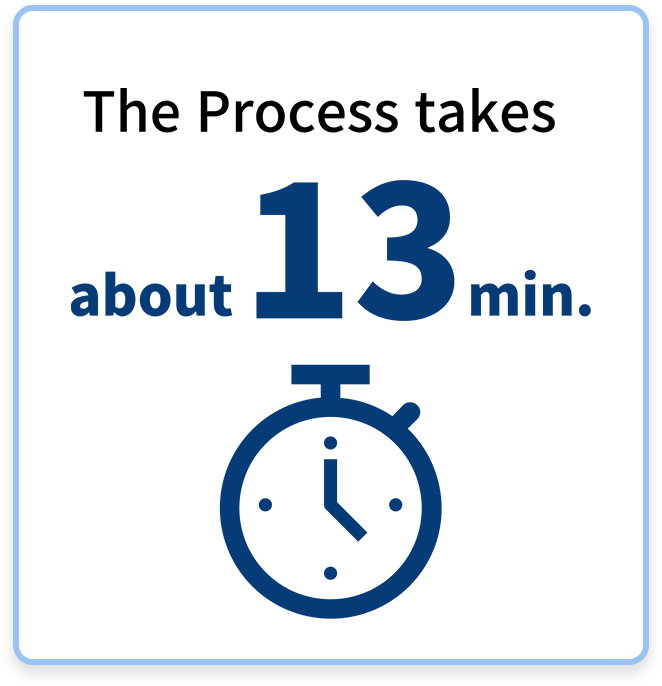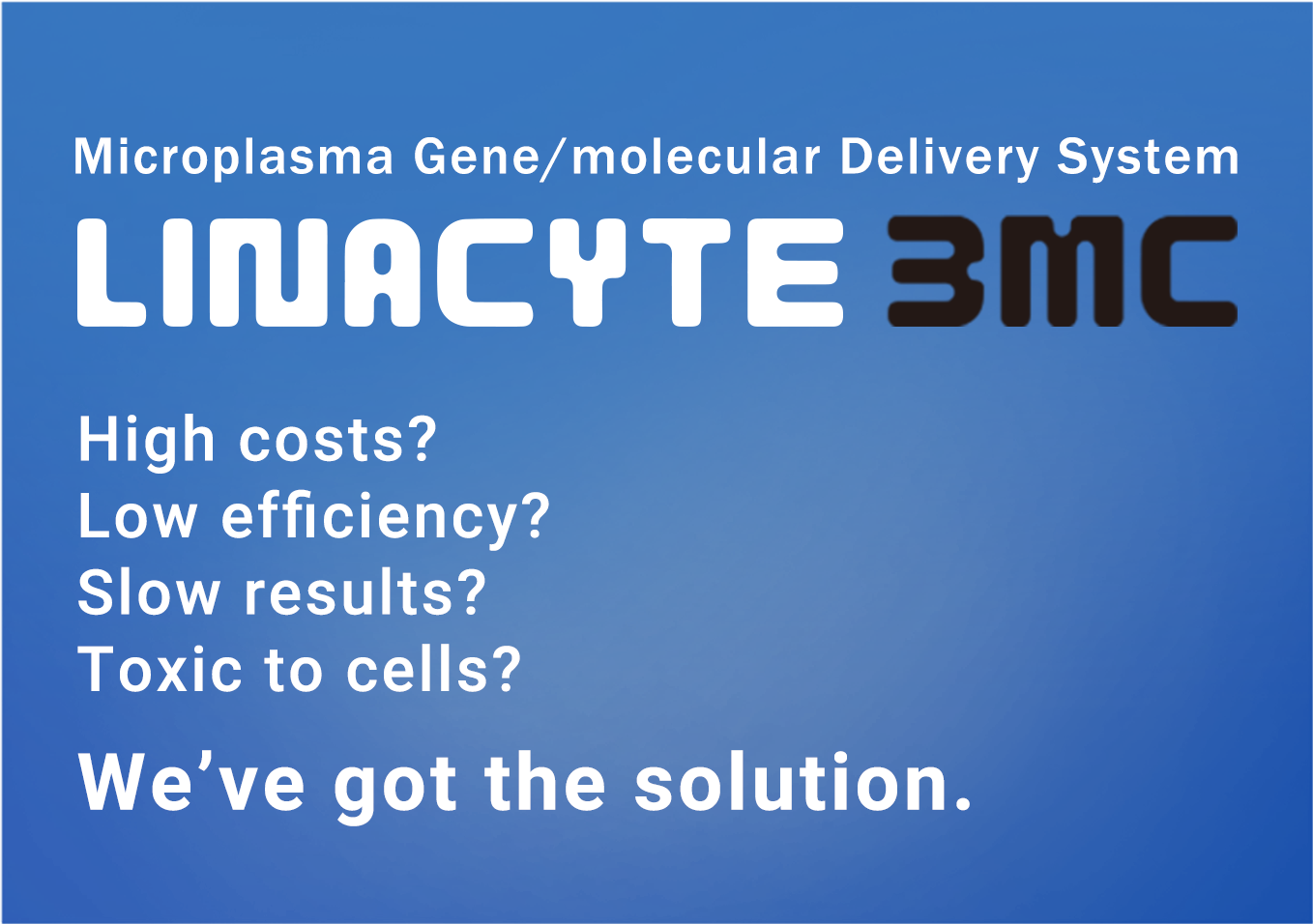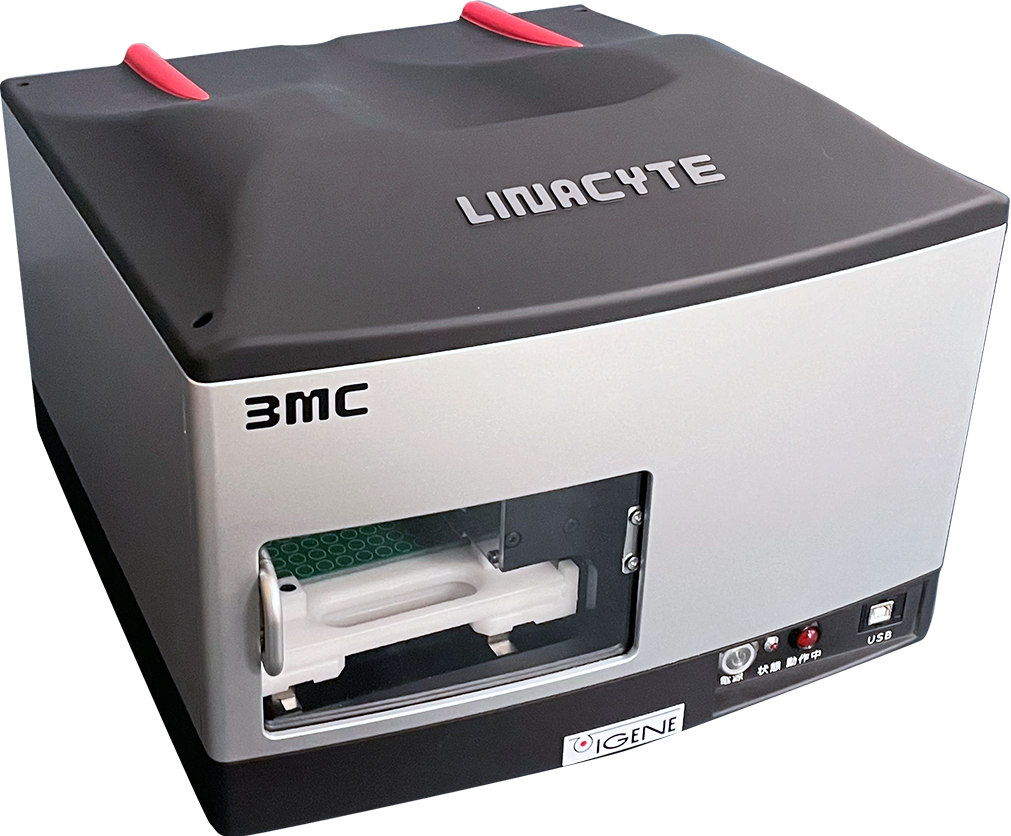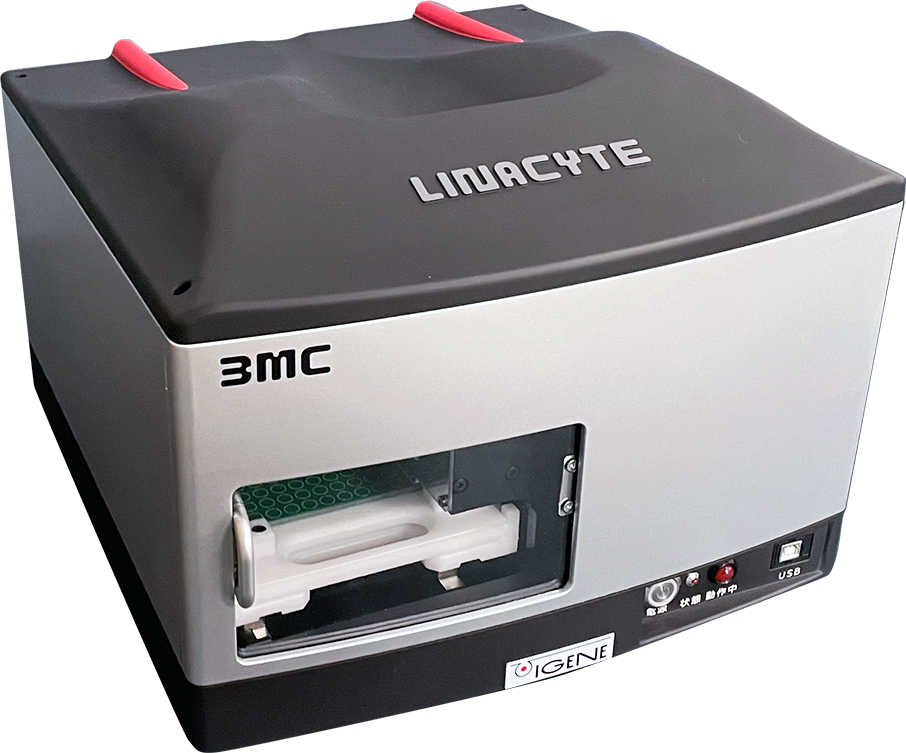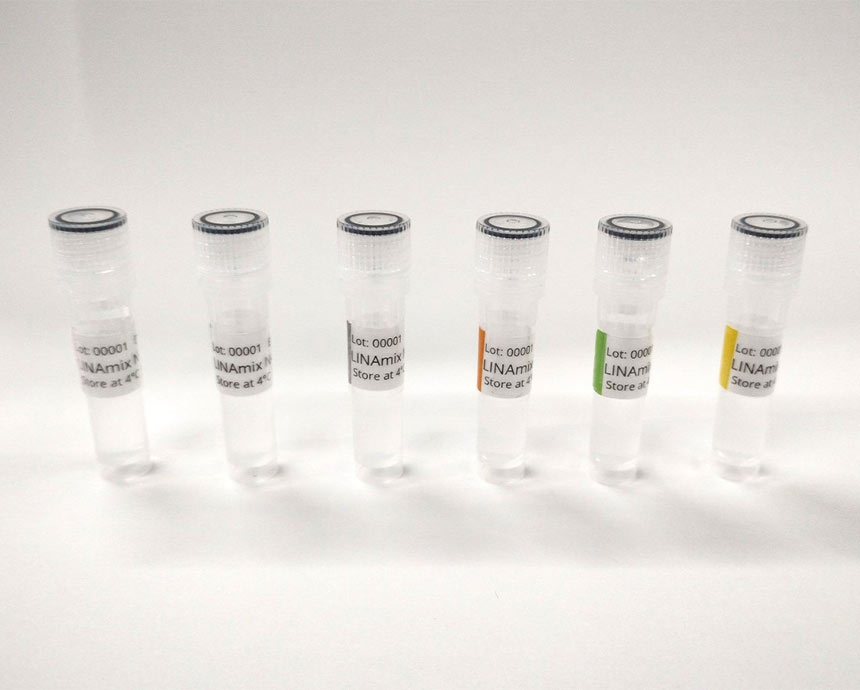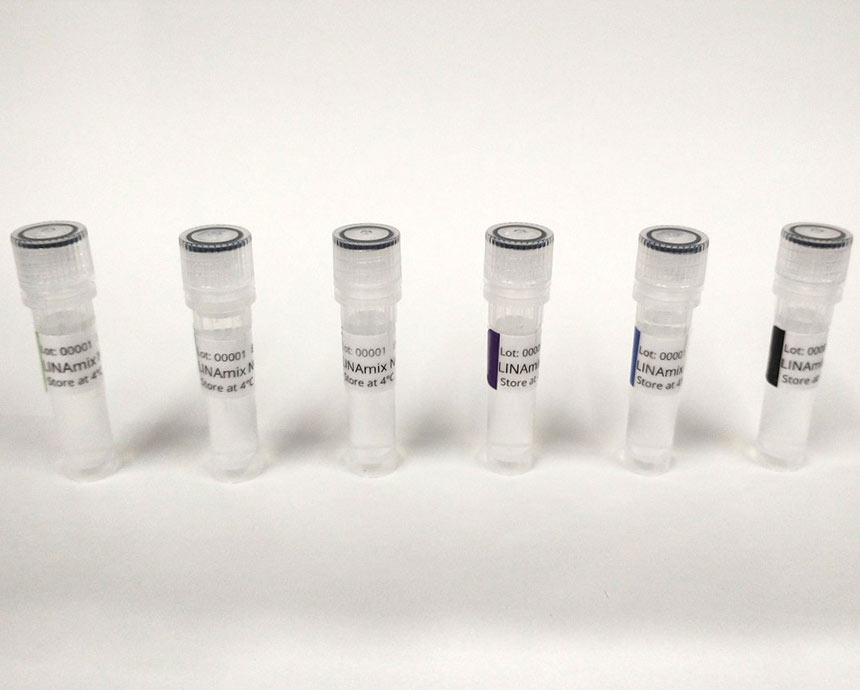Features
A Unique Mechanism of Gene Uptake by Cells
 High efficiency
High efficiency
LINACYTE 3MC achieves both a high success rate for transfection and cell viability.
In conventional methods, there was a problem of increased cell damage when trying to increase delivery efficiency,
but this product's unique technology enables highly efficient delivery while maintaining the viable cell rate.
If the viability rate is maintained at 80% or more, the delivery efficiency is 50% or more, and depending on the cell, it is possible to deliver even higher rates.
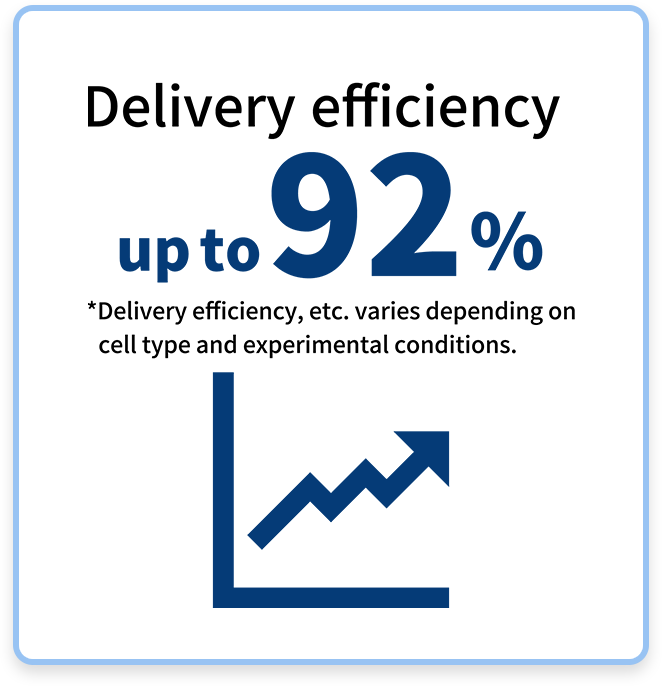
 Safety
Safety
Microplasma technology can significantly reduce the risk of random integration compared to conventional electroporation and lipofection.
The brightness after 25 days of GFP expression is extremely low, about 1/97 that of electroporation and about 1/41 that of lipofection,
significantly improving safety. This characteristic minimizes damage to cells and tissues, ensures efficient gene delivery,
and increases the accuracy and reliability of research.
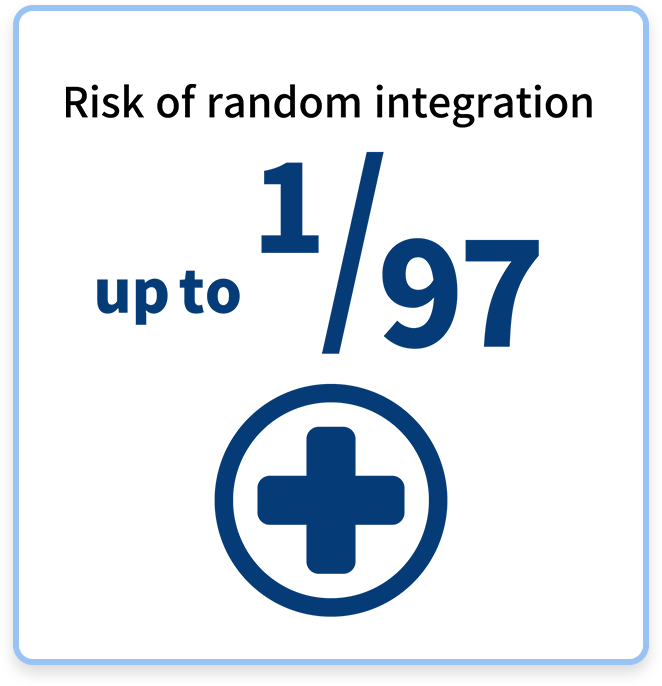
 Cost-effectiveness
Cost-effectiveness
LINACYTE 3MC achieves low running costs because it does not require special equipment or expensive reagents.
The cost per well is Less than $0.15, making it very economical and easy to introduce in existing research environments.
The only required reagent we provide is a buffer mixed with the plasmid or target molecules.
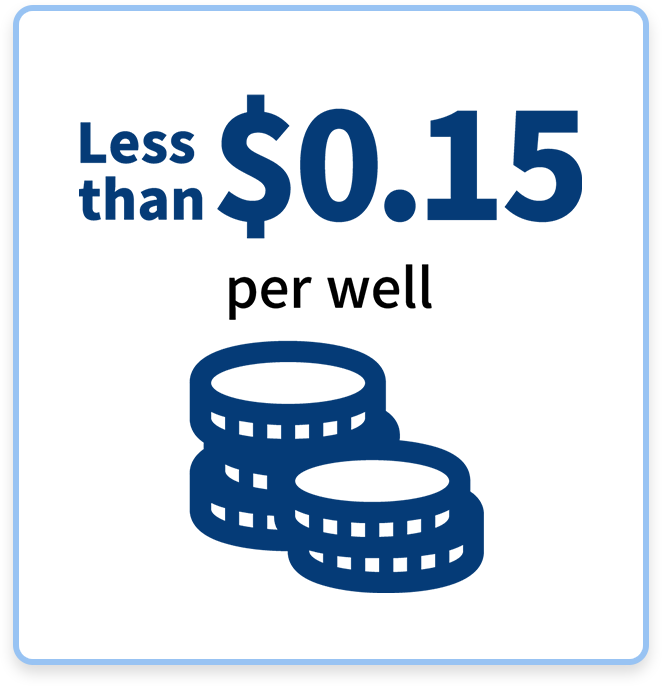
 High-speed processing
High-speed processing
With LINACYTE 3MC, the process from plasmid addition to the end of the delivery process takes only about 13 minutes per 96-well plate.
This short processing time makes it possible to efficiently process an entire 96-well plate. For researchers,
this short time to complete the work contributes to improving experimental productivity, and results can be obtained quickly,
especially when dealing with large amounts of samples. A major advantage of this method is that it significantly saves time and effort compared to conventional methods.
